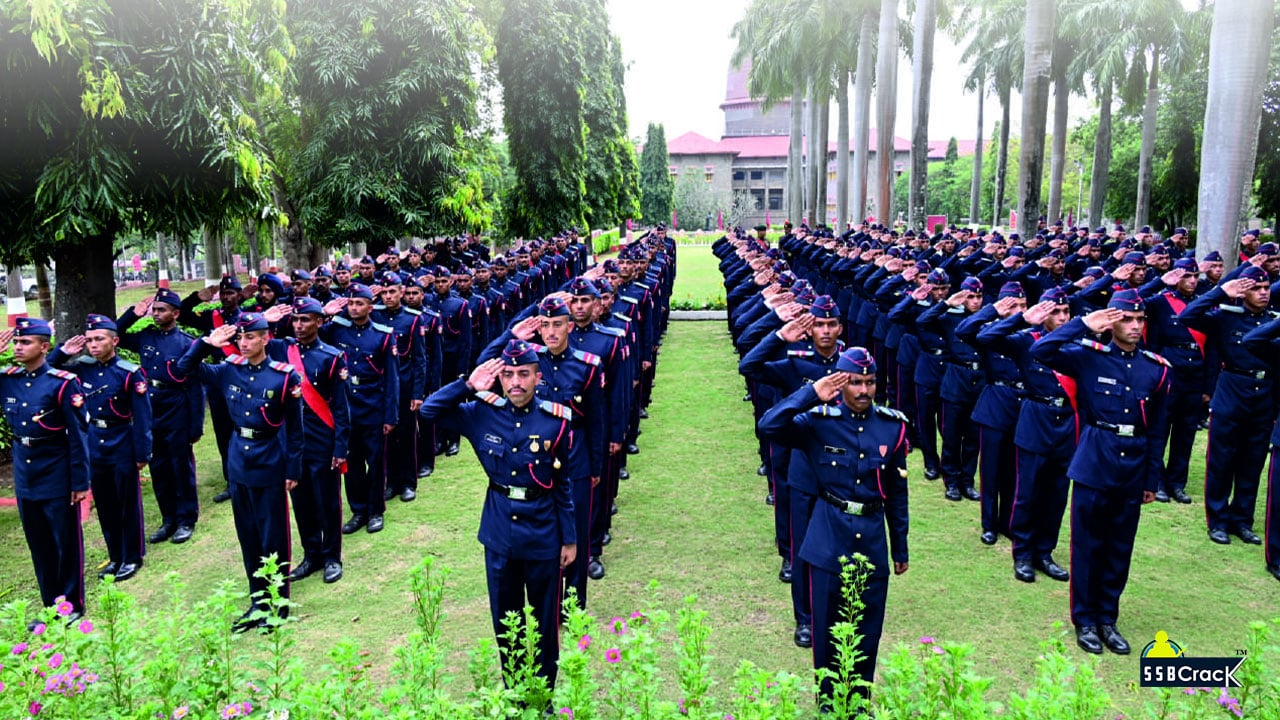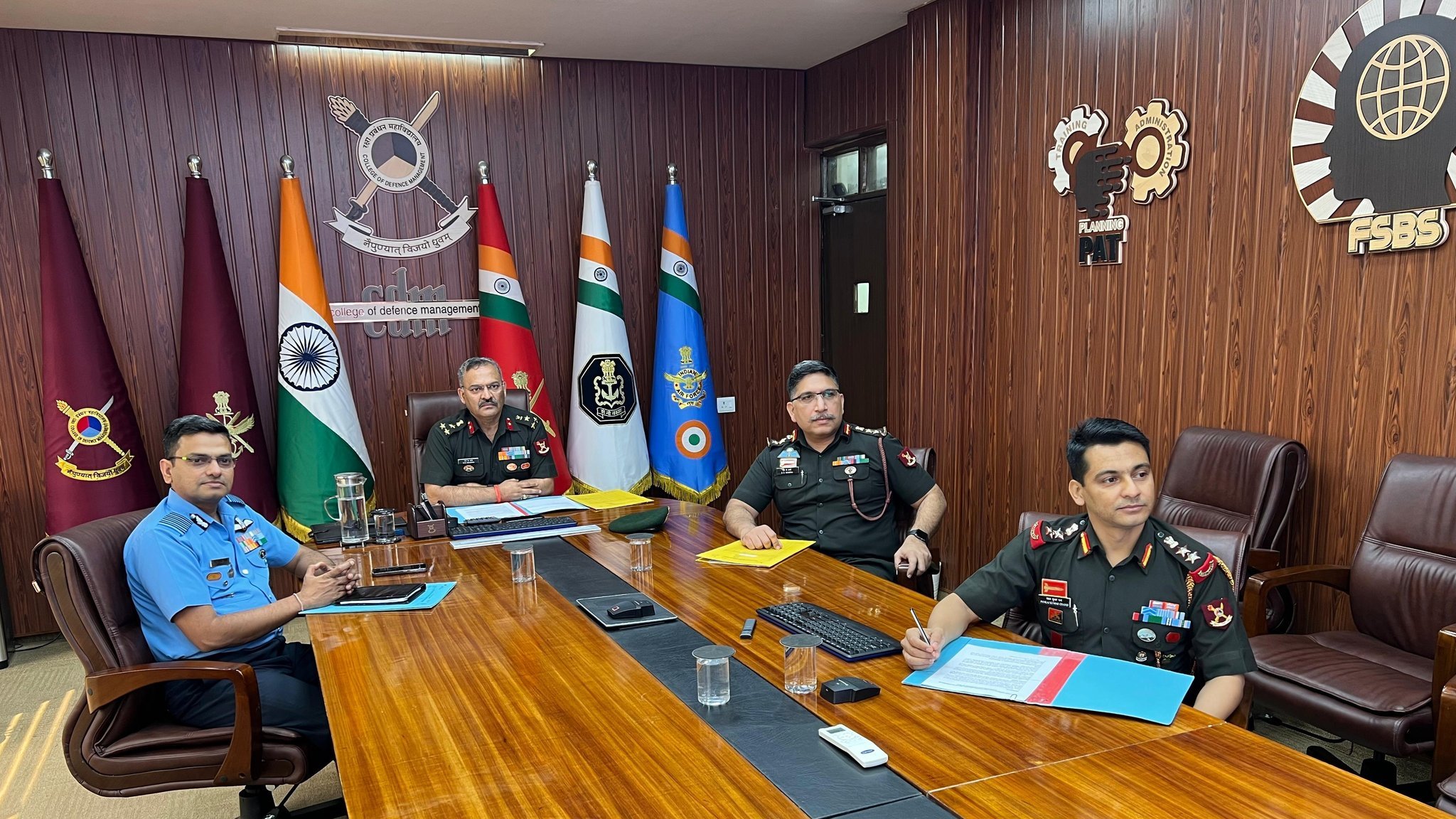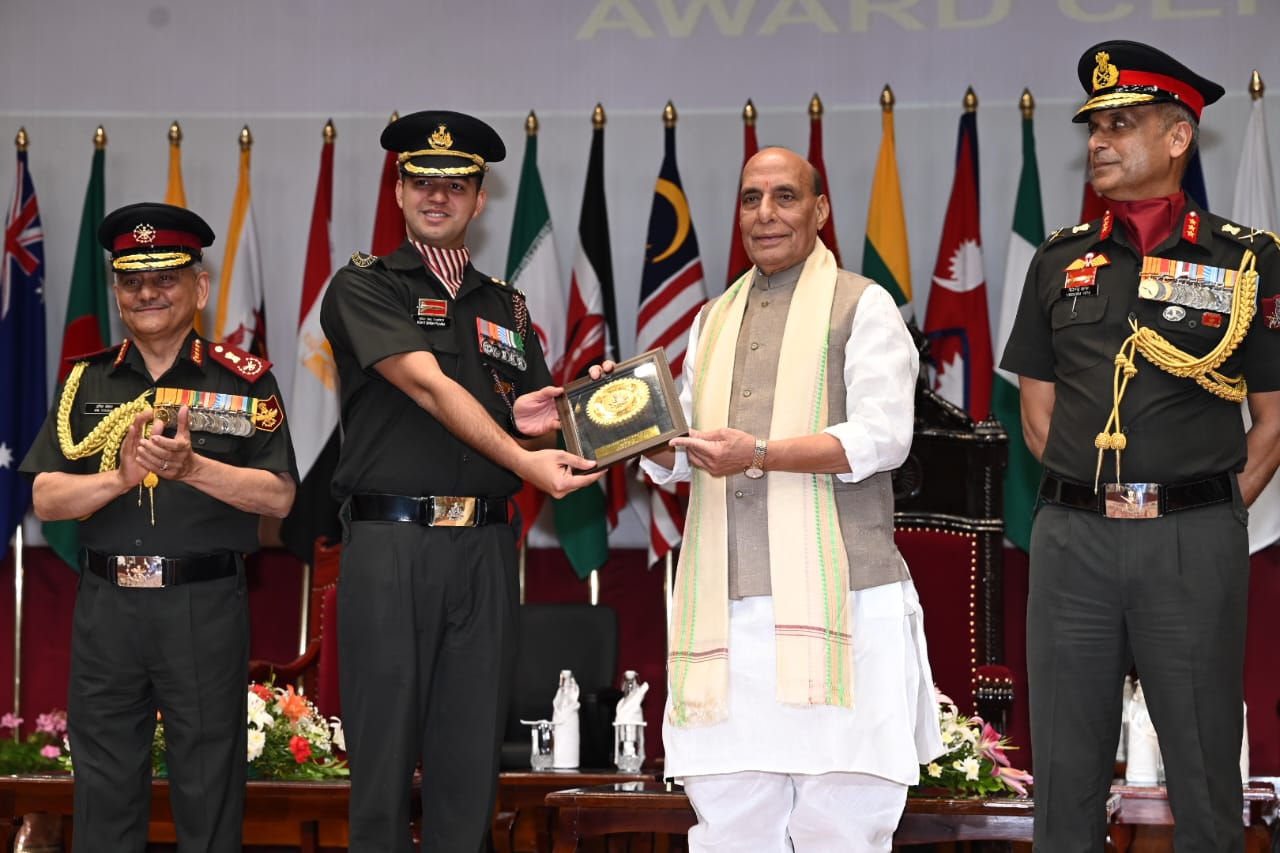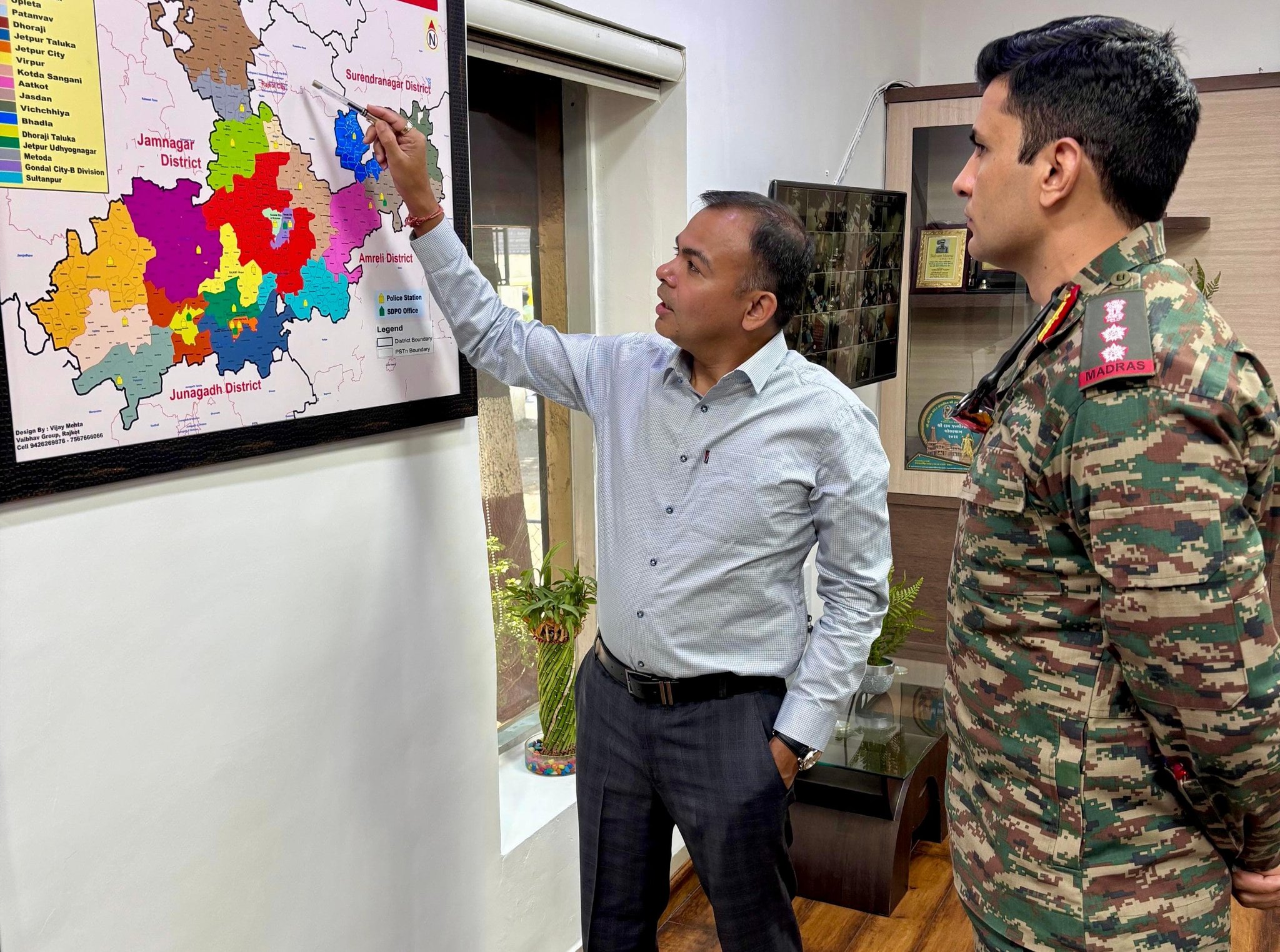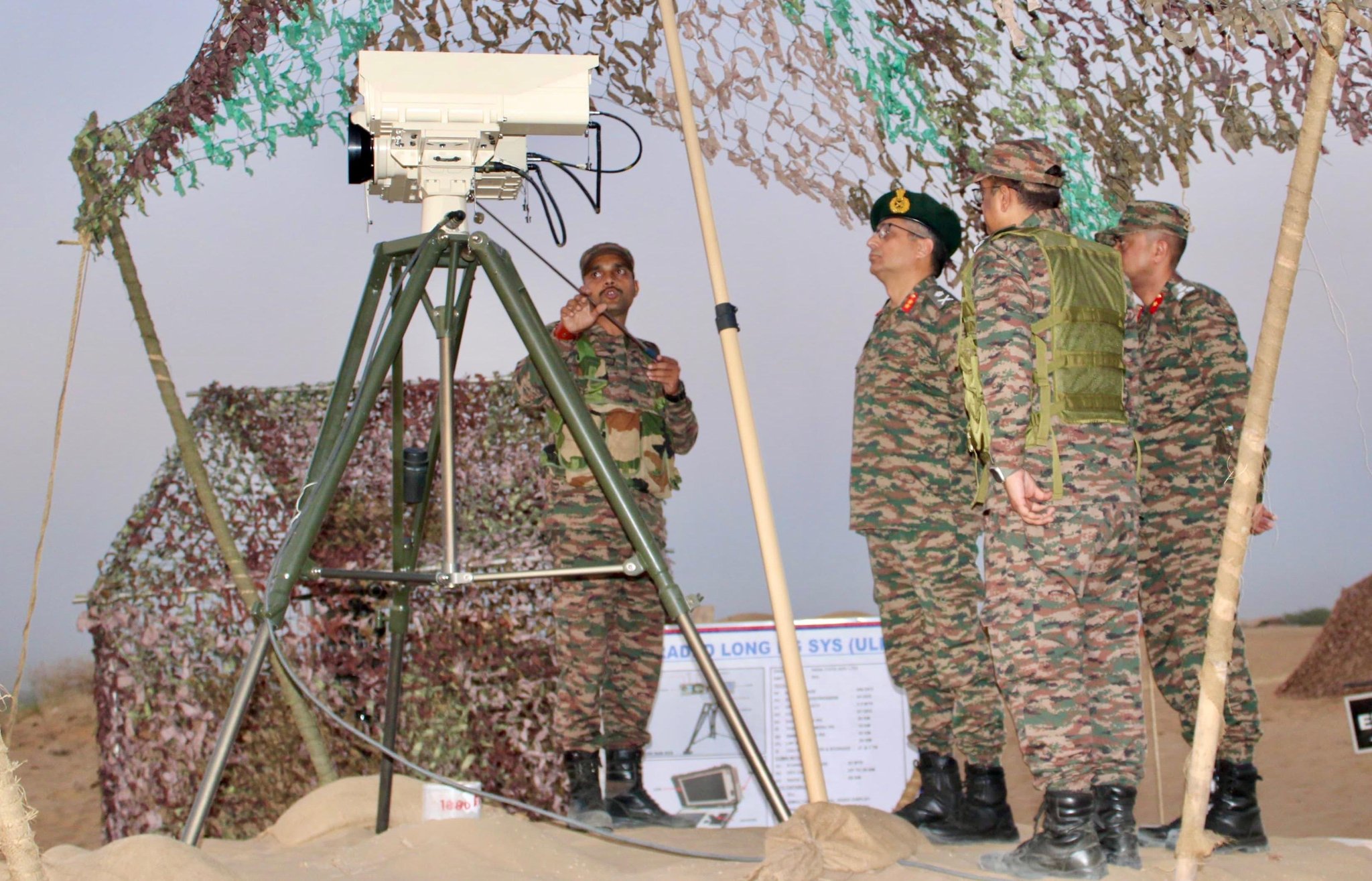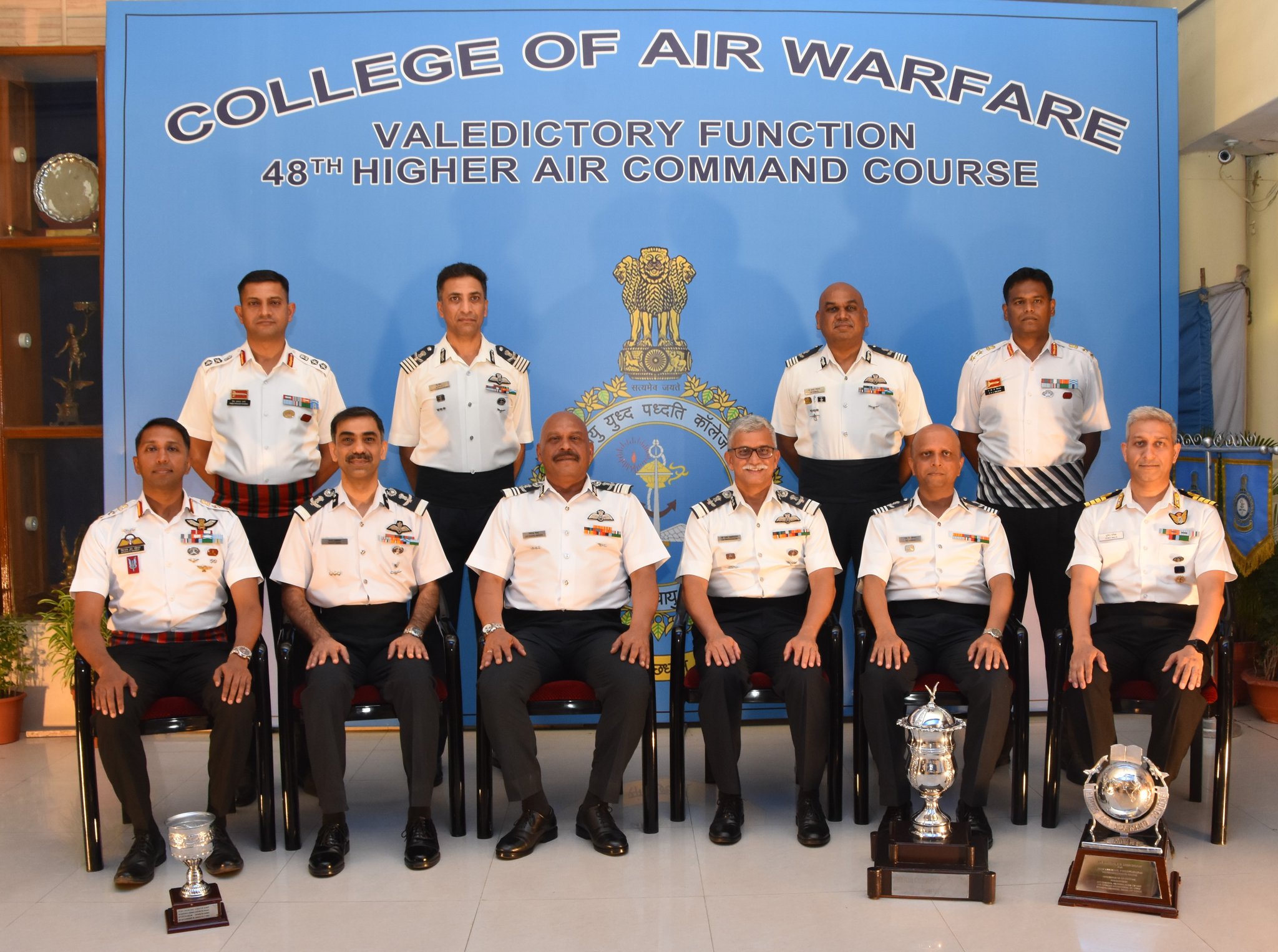NDA 2 2024 Merit List – 792 Candidates Recommended
The Union Public Service Commission (UPSC) has declared the final merit list of 792 candidates who have successfully qualified in…
India and Uzbekistan Hold Virtual Academic Discourse on Future Military Conflicts
In a significant step towards strengthening defence ties, the College of Defence Management (CDM) under India’s Integrated Defence Staff (IDS)…
Rajnath Singh Addresses 80th Staff Course Convocation at Defence Services Staff College, Wellington
Hon'ble Raksha Mantri Shri Rajnath Singh visited the Defence Services Staff College (DSSC) and Wellington Garrison today, where he delivered…
Indian Army’s Golden Katar Division Strengthens Civil-Military Ties in Gujarat
Representatives from the Indian Army’s Golden Katar Division, under the Konark Corps, held a significant meeting with civil administration officials…
Indian Army’s Battle Axe Division Conducts Integrated Firepower Exercise in Rajasthan Deserts
The Battle Axe Division of the Indian Army, under the aegis of the Konark Corps, successfully conducted an Integrated Firepower…
48th Higher Air Command Course Concludes at College of Air Warfare with Tri-Services Synergy
The 48th Higher Air Command Course (HACC) at the College of Air Warfare (CAW) concluded with a valedictory function, marking…

